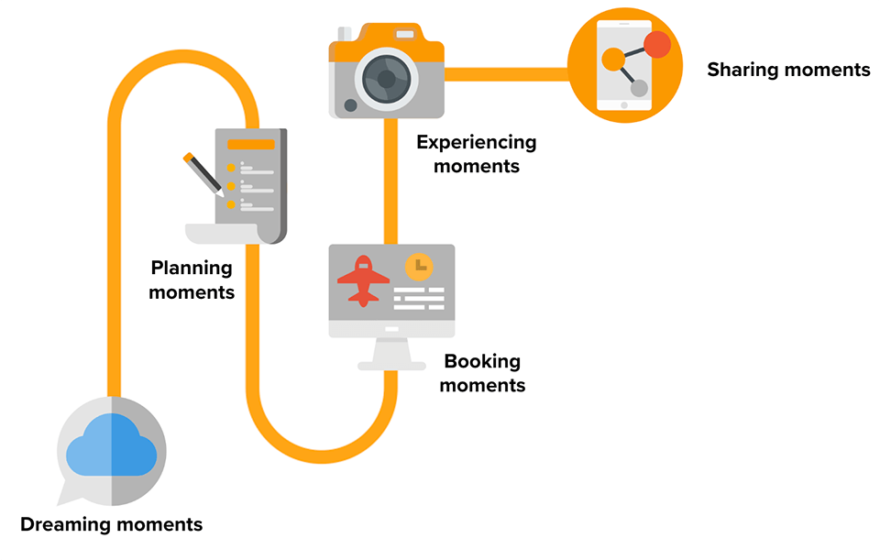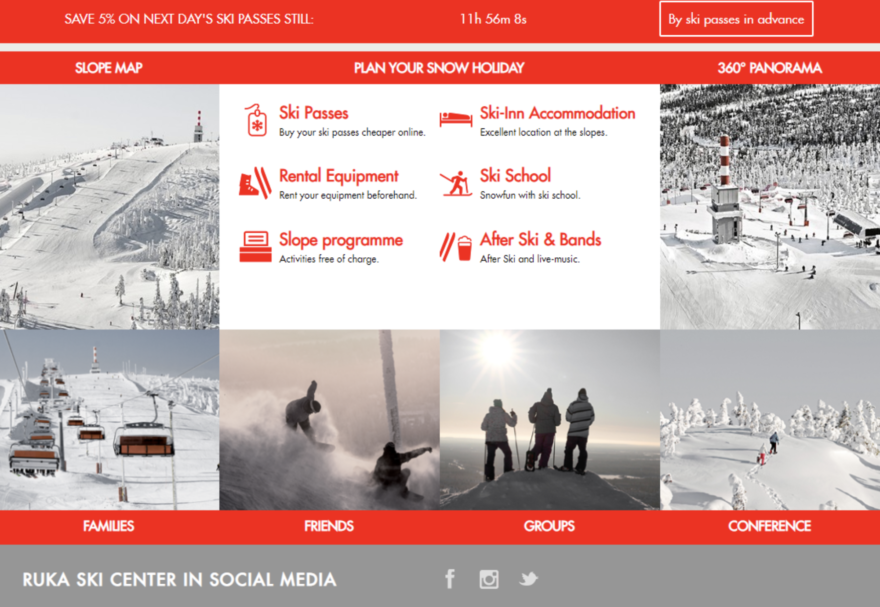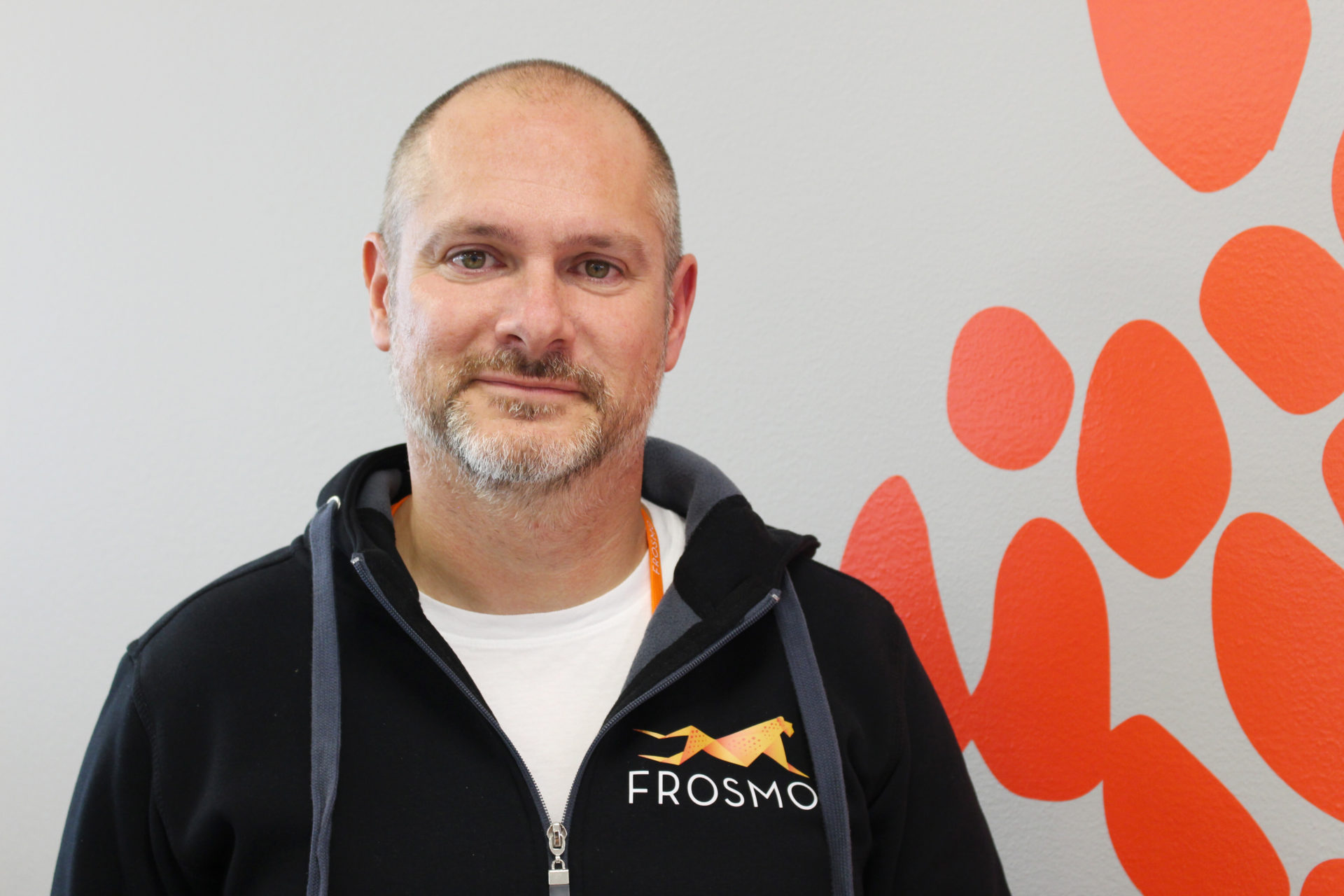Better customer experiences through personalization in the travel industry


Wilfrid Kroath
A holiday is so much more than just being at the actual destination.
The customer journey consists of an active pre-travel phase which at times, can be more significant and time-consuming than the actual trip.

Several studies indicate that travelers experience a significant boost in happiness during the planning stages of the trip as they look forward to the holiday experiences ahead of them. The travel customer journey stages include dreaming of the holiday, actively planning and booking the holiday, the actual holiday experience, and lastly, sharing the memories.
All these micro-moments in the customer journey are important. They give travel providers a golden opportunity to create unforgettable customer experiences that turn website visitors into loyal customers. But during the delicate dreaming and planning phase of the holiday, many things can go wrong if the customer journey is not planned well.
What is website personalization?
Personalization is a hot trend in the travel industry but it’s often referred to as how to tailor advertising and promotion in third-party sites. Website personalization is creating a custom-tailored and seamless customer experience based on what you know about a person’s needs, wants, and preferences. With personalization, you can deepen your relationship with the customer by automating the delivery of relevant content for the right person at the right time.
Website personalization will not only improve customer relationships but also enhance customer retention and boost revenue. With businesses moving away from the one-size-fits-all approach, they can present relevant messages across all touchpoints along the customer journey. A seamless experience that responds to their specific travel needs keeps travelers happy and makes them come back for repeat purchases.
In the dreaming phase, web visits are regular and travelers need to have a variety of options to customize their holidays and enough content to learn more about the destinations available. Product recommendations play a big part to show what options and content are available during the desired timeline. It’s also critical that the web visitors are segmented according to their interests and are shown only personalized dynamic content and activity options that fit their holiday plans.
The goal behind website personalization in travel is to help customers find what they need in planning the holiday of their lives. They expect a customized itinerary and other tips and tricks on what to do and what to explore while in the chosen travel destination.
Business benefits of personalization in travel
A case study done by Aurinkomatkat, the biggest travel provider in Finland, searched the value of personalization among Finnish travelers. Their findings were:
66% of consumers say they appreciate individually tailored offers from travel companies
61% of consumers say they would appreciate recommendations in digital services, that are based on their relationship with the company
60% of consumers say it’s important that the company remembers their previous behavior and offer products and services based on that.
Website personalization is a great way for travel providers to turn the data from customers and vacation dreamers into a great customer journey that will eventually increase conversions, improve ancillary revenue, and drive customer loyalty.
Case study: Aurinkomatkat
Segmenting website visitors is key to personalized customer experiences. Aurinkomatkat has almost 500 different segments based on clicks, searches, device types, geolocation, and booking data. An example of the segment would be families who booked a holiday that starts in less than 30 days — a great segment to start recommending extra activities during the holiday.
Another example of a segment is based on geolocation. Aurinkomatkat targets website visitors who live near the city of Oulu and offers holidays with direct flights from Oulu. This has proven to be a very successful segment with a 498% increase in conversion.
With the gathered data from different segments, Aurinkomatkat can show holiday offers to website visitors according to their interests: from adventurous packages for adrenaline junkies and family deals to travelers with kids. By keeping the content relevant, it becomes easier to find that perfect trip and as a result, conversions go up significantly. For example, by recommending the most viewed hotels, their conversion rates went up to 248%.
Overall, 50% of bookings come from clicks through personalized elements.

Case study: RUKA
Ruka ski resort is one of the leading ski resorts in Finland and the market leader in the ski travel industry with nearly 20% share of ski pass sales.

For Ruka ski resort, personalization also starts with segmenting visitors: customers who show interest in going to Ruka and travelers who are already in the location. There are two seasons in Ruka, winter, and summer, that attract very different types of visitors. The customer data is then used to show personalized content to push events, ancillaries such as ski lift tickets, and different accommodation options.
“We’re excited about all the possibilities that personalization brings to us to make the customer experience in all touchpoints of the travel customer journey outstanding — it brings happy customers but also great business results”
Jenni Ihatsu Director, Marketing & E-commerce, Rukakeskus Oy/Pyhätynturi Oy
The travelers’ interests and needs may also vary based on where they depart. Segments based on geolocation are important to give the right kind of information from different kinds of travel options. The interest is also different in certain scenarios, for example, when the customer is already in the location or when he is still on his way. Mobile users who are already in Ruka receive special content exclusive for travelers such as current events, slope opening times, and snow situations.
Testing and optimization is part of the customer experience
Testing is always crucial as many improvements can cumulatively turn into big conversion rate generators. Testing helps you gather data to show what should be developed next, reduce risks in costs, understand the audience on a deeper level, and solve the pain points that your visitors might have. Both Ruka and Aurinkomatkat use A/B/n testing to find out which variations of banners, recommendations, navigation, CTA’s, and content perform better.
Are you ready to start your personalization journey?
About the writer:

Wilfrid Kroath has been in sales for the past 15 years and worked with numerous global brands such as BT, DHL, H&M, Kone, Lego, Nokia, and UPM. He has a solid track record of technology, software, and business development. Besides his current position, he teaches business design and rapid prototyping courses to university students and SMEs.